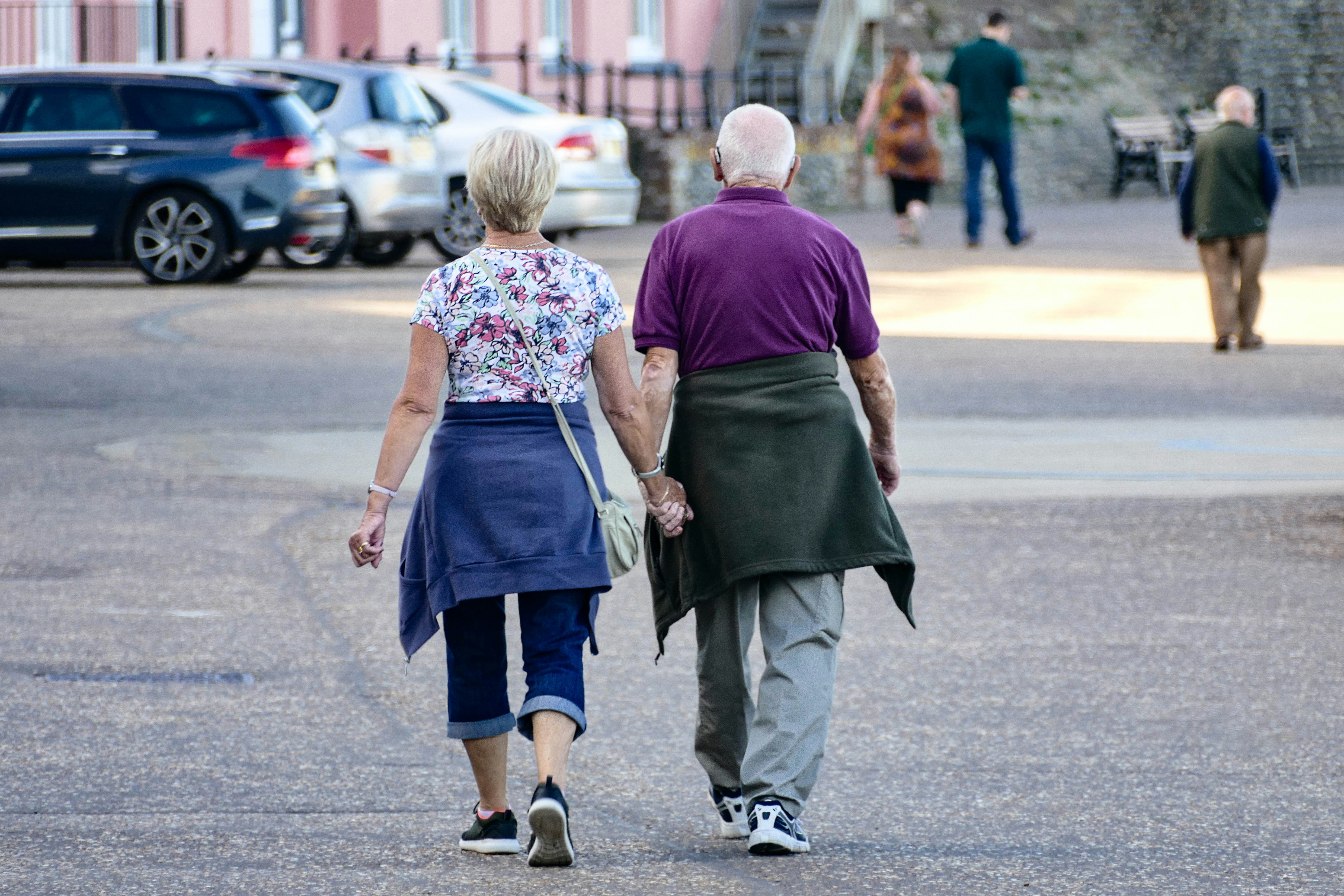Figures published by the ONS show inequality of life expectancy at birth in England increased in 2020-22 compared with 2017, by 1.1 years for men and 1.0 years for women.
Life expectancy in the most deprived areas was 72.6 years for males and 77.7 years for women, compared with 83.0 years and 86.1 years in the least deprived areas.
Similarly, healthy life expectancy increased in 2020 to 2022 for both males and females compared with 2017-19, by 0.6 years for men and 1.0 years for women.
In 2020 to 2022, healthy life expectancy at birth in the most deprived areas of England was 51.1 years for males and 50.5 years for females, compared with 70.1 years and 70.2 years in the least deprived areas, respectively.
The Government has pledged to halve the gap in life expectancy between the least and most deprived areas in its 10-Year Health Plan.
Dr Layla McCay, director of policy at the NHS Confederation, said the figures painted a ‘worrying but sadly unsurprising picture', adding: ‘Health leaders fully support the Government's health mission to halve the gap in healthy life expectancy between the most and least deprived areas through tackling the social, economic and commercial determinants of health. That is why we welcome the commitment in the Government's newly-released 10-Year Health Plan to establish a neighbourhood health centre in every community, beginning with places where healthy life expectancy is lowest.
‘The Government's ambition to shift from sickness to prevention aligns with this goal of preventing the onset of long-term physical and mental health conditions and helping those with chronic conditions to improve their health. This will be key to improving people's health and positively impacting healthy life expectancy.'



